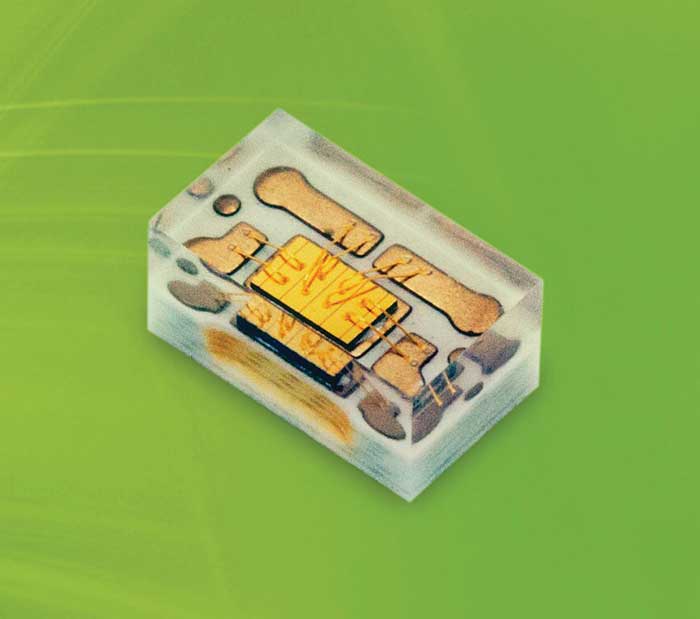Technologies that were once recognized only by niche professionals and the military have reached a price point that has the commercial sector excited.
 From smartphones, smart homes and autonomous vehicles to crop science, food inspection and space observations, optical sensors are finding increasing use in the commercial sector.
Image sensing evolved from the military arena to commercial applications such as remote sensing, advanced machine vision, the medical/biotechnology world, and even into artwork and antiquities. Once size, weight and cost were driven down, there was an immediate upturn in the market; and this growth has been exponential.
“There aren’t too many takers for a $20 million hyperspectral sensor, which does exist, but at less than five percent of that with performance attributes nearly equal, you start seeing interest from a range of commercial uses,” said Christopher Van Veen of hyperspectral imaging specialists Headwall Photonics in Bolton, Mass. “The multimillion-dollar hyperspectral instruments aboard defense aircraft and satellites represented a springboard for companies like Headwall to take the optical/mechanical technologies and refine them for commercial pursuits while driving cost out.”
At thermal imaging specialists Flir Systems Inc., based in Wilsonville, Ore., an increasing awareness of the technology has led to a vast number of new users in commercial industries, including for home repairs, heating and ventilation contractors, plumbers, and electricians, to name a few.
“While the value of the technology was known by many professional users and those with military experience, lack of awareness, the acquisition cost, or both, prevented the vast majority of users from using it,” said Bill Terre, general manager and vice president of the OEM and Emerging segment at Flir.
In 2014, uncooled thermal imaging cameras came down from over $1,000 to $399 and many found the new value proposition made sense. Today prices continue to drop, with the latest models priced at less than $200. For many professionals, the more modest capital expenditure was what they needed to give it a go.
From smartphones, smart homes and autonomous vehicles to crop science, food inspection and space observations, optical sensors are finding increasing use in the commercial sector.
Image sensing evolved from the military arena to commercial applications such as remote sensing, advanced machine vision, the medical/biotechnology world, and even into artwork and antiquities. Once size, weight and cost were driven down, there was an immediate upturn in the market; and this growth has been exponential.
“There aren’t too many takers for a $20 million hyperspectral sensor, which does exist, but at less than five percent of that with performance attributes nearly equal, you start seeing interest from a range of commercial uses,” said Christopher Van Veen of hyperspectral imaging specialists Headwall Photonics in Bolton, Mass. “The multimillion-dollar hyperspectral instruments aboard defense aircraft and satellites represented a springboard for companies like Headwall to take the optical/mechanical technologies and refine them for commercial pursuits while driving cost out.”
At thermal imaging specialists Flir Systems Inc., based in Wilsonville, Ore., an increasing awareness of the technology has led to a vast number of new users in commercial industries, including for home repairs, heating and ventilation contractors, plumbers, and electricians, to name a few.
“While the value of the technology was known by many professional users and those with military experience, lack of awareness, the acquisition cost, or both, prevented the vast majority of users from using it,” said Bill Terre, general manager and vice president of the OEM and Emerging segment at Flir.
In 2014, uncooled thermal imaging cameras came down from over $1,000 to $399 and many found the new value proposition made sense. Today prices continue to drop, with the latest models priced at less than $200. For many professionals, the more modest capital expenditure was what they needed to give it a go.
Member Exclusive: To read the complete article, please Login or Register